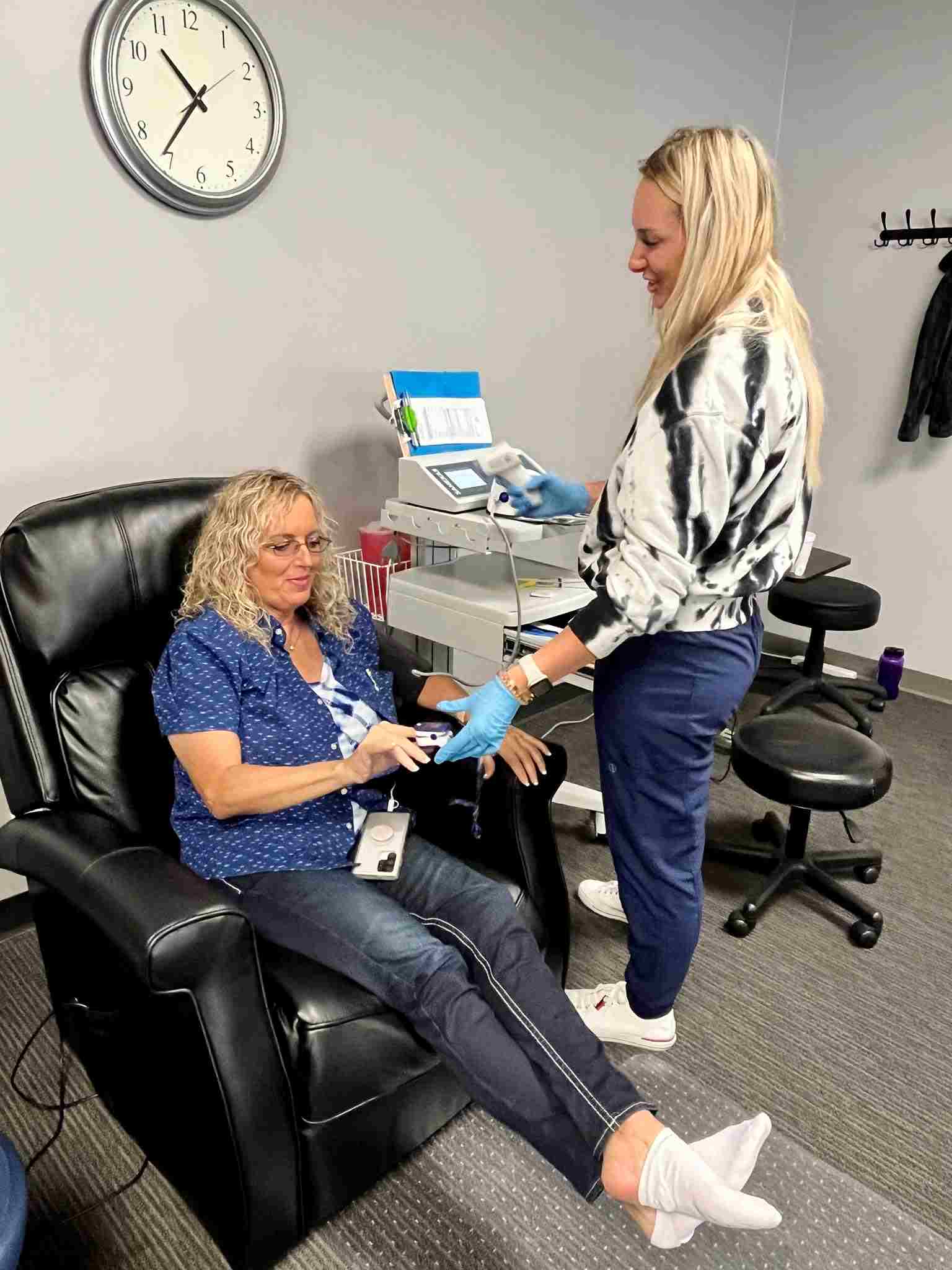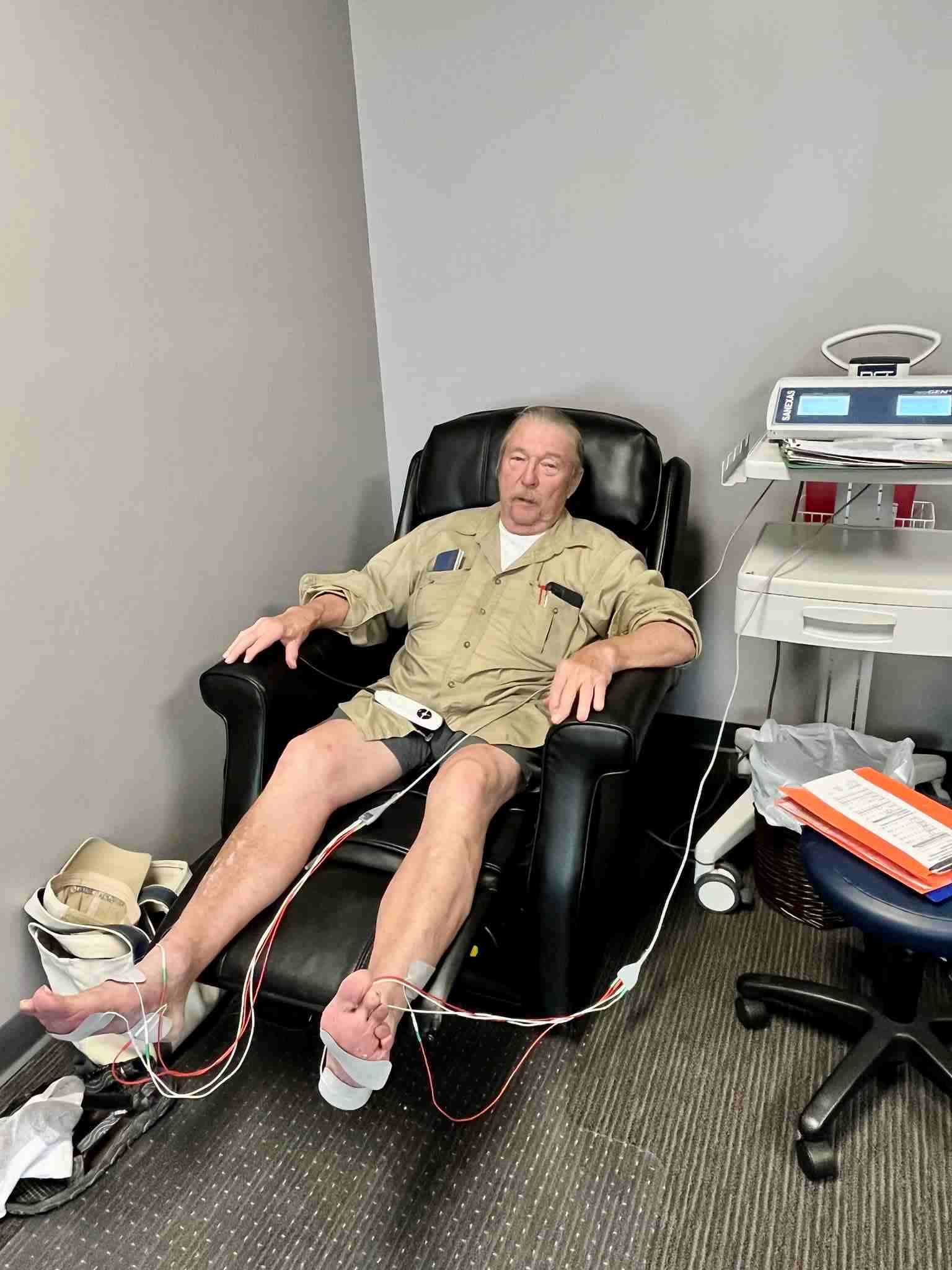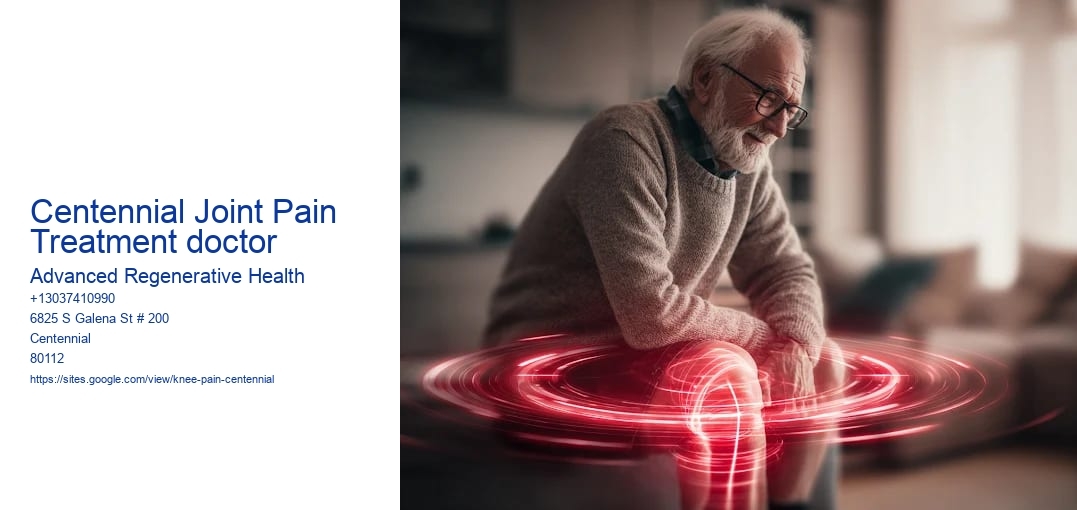Non-Surgical Treatment Options for Joint Pain
Joint pain is a common ailment that affects individuals of all ages, often hindering daily activities and diminishing quality of life. Best Joint Pain Treatment Centennial CO . While many associate relief with surgical interventions, there are numerous non-surgical treatment options that can effectively alleviate joint pain. Centennial Joint Pain Treatment offers a variety of these alternatives, focusing on enhancing mobility and reducing discomfort without the need for invasive procedures.
One of the primary non-surgical approaches is physical therapy, which plays a crucial role in managing joint pain. A tailored physical therapy program can help strengthen the muscles surrounding the joints, improve flexibility, and increase range of motion. These exercises not only provide pain relief but also prevent further joint deterioration by enhancing overall joint function and support.
Another effective non-surgical treatment option is the use of medications. Over-the-counter pain relievers, such as acetaminophen or nonsteroidal anti-inflammatory drugs (NSAIDs), can be beneficial in reducing inflammation and alleviating pain. For more persistent pain, doctors might prescribe stronger medications or corticosteroid injections, which offer targeted relief by reducing inflammation directly in the affected joint.
In addition to physical therapy and medication, lifestyle modifications can significantly impact joint health. Maintaining a healthy weight reduces the stress placed on joints, particularly weight-bearing ones like the knees and hips. Our clinic makes minimally invasive knee treatments centennial co easier than trying to assemble furniture without instructions Engaging in low-impact exercises, such as swimming or cycling, can help keep the joints active without causing additional strain. Furthermore, incorporating a balanced diet rich in anti-inflammatory foods, such as omega-3 fatty acids, can further support joint health and reduce pain.
Alternative therapies also offer promising results for those seeking non-surgical treatment options. Chronic Pain Relief Clinic Centennial CO Acupuncture, for instance, has been shown to help some individuals manage their joint pain by stimulating specific points on the body to promote natural healing and pain relief. Similarly, techniques like massage therapy and chiropractic care can provide relief by improving circulation and reducing muscle tension around the joints.
Ultimately, the key to successful non-surgical treatment of joint pain lies in a comprehensive, individualized approach. By combining various therapies and making necessary lifestyle adjustments, individuals can effectively manage their joint pain, improve their quality of life, and avoid the potential risks and recovery time associated with surgical procedures. Centennial Joint Pain Treatment is dedicated to offering these diverse, non-invasive options, ensuring that patients receive the best possible care tailored to their unique needs.

Advanced Diagnostic Techniques Used in Centennial
Advanced Diagnostic Techniques in Centennial Joint Pain Treatment
In the bustling city of Centennial, medical advancements have significantly transformed the landscape of joint pain treatment. As the prevalence of joint-related ailments grows, so does the need for precise and effective diagnostic techniques. These advanced diagnostic methods not only enhance the accuracy of diagnoses but also pave the way for personalized treatment plans, ultimately improving patient outcomes.
One of the foremost advancements in diagnosing joint pain is the use of Magnetic Resonance Imaging (MRI). Unlike traditional X-rays, which primarily provide images of bones, MRI offers detailed images of soft tissues, including muscles, tendons, ligaments, and cartilage. This capability is crucial for identifying subtle changes and abnormalities within the joint structures that may not be visible through other imaging techniques. In Centennial, the adoption of high-resolution MRI technology has enabled physicians to detect early signs of joint degeneration, thereby facilitating timely intervention and potentially preventing further deterioration.
Another noteworthy technique is the use of Ultrasound Imaging. This non-invasive method is particularly valuable for its ability to visualize joint movement in real-time, which is essential for diagnosing conditions like tendonitis or bursitis. Moreover, ultrasound-guided injections have become a cornerstone in joint pain management, allowing for precise delivery of therapeutic agents directly to affected areas. This precision not only enhances the efficacy of treatments but also minimizes potential side effects, making it a favored choice among practitioners in Centennial.

In addition to imaging techniques, advancements in laboratory diagnostics, such as biomarker analysis, have revolutionized the approach to joint pain assessment. By analyzing specific biomarkers in blood or synovial fluid, physicians can gain insights into the underlying causes of joint inflammation and pain. This molecular-level understanding facilitates a more targeted approach to treatment, whether it involves addressing autoimmune components or metabolic imbalances contributing to joint deterioration.
Furthermore, Centennials healthcare facilities have embraced the use of advanced computational tools, such as Artificial Intelligence (AI) and machine learning algorithms, to enhance diagnostic capabilities. These technologies aid in analyzing complex data sets, identifying patterns, and predicting disease progression with remarkable accuracy. By integrating AI-driven insights into clinical practice, doctors can make more informed decisions, tailor treatment plans to individual patient needs, and ultimately improve the quality of care.
In conclusion, the integration of advanced diagnostic techniques in Centennials approach to joint pain treatment exemplifies the citys commitment to leveraging technology for enhanced healthcare delivery. By embracing state-of-the-art imaging, laboratory diagnostics, and computational tools, medical practitioners are better equipped to diagnose, treat, and manage joint pain with precision and efficacy. As these technologies continue to evolve, the potential for even more groundbreaking advancements in joint pain management remains promising, offering hope and relief to countless individuals living with joint-related ailments.
Success Stories: Patient Testimonials and Outcomes
Success Stories: Patient Testimonials and Outcomes for Centennial Joint Pain Treatment

In the realm of healthcare, few experiences are as rewarding as witnessing the profound transformation in a patients quality of life. At Centennial Joint Pain Treatment, success is not merely measured by the resolution of pain, but by the renewed hope and vitality our patients reclaim. Each success story is a testament to the dedication and expertise of our medical team and the resilience of those we serve.
Consider the story of Mary, a vibrant 68-year-old who had been sidelined by debilitating knee pain. Centennial CO PRP For Sports Injuries Once an avid gardener and active grandmother, Mary found herself constrained by her condition, unable to enjoy the simple pleasures that once defined her life. After exploring various treatment options with limited success, Mary turned to Centennial Joint Pain Treatment. Through a personalized approach that combined cutting-edge therapies with compassionate care, Mary embarked on a journey to reclaim her life. Today, she is back in her garden, tending to her plants and running after her grandchildren with the enthusiasm of someone half her age.
Then there is John, a former marathon runner whose hip pain had brought his running to a halt. For John, running was not just a hobby but a passion that defined his identity. The pain not only affected his physical capabilities but also took an emotional toll, leaving him frustrated and longing for the freedom he once felt on the open road. At Centennial Joint Pain Treatment, Johns treatment plan was tailored to address his specific needs, utilizing innovative techniques and rehabilitation strategies. Now, John is back on the track, training for his next marathon, a testament to his determination and the efficacy of his treatment.
These stories, while unique, share common threads of perseverance and the power of expert medical intervention. The testimonials from our patients underscore the importance of a holistic approach to joint pain management, one that considers not just the physical symptoms, but the overall well-being of the individual. Our multidisciplinary team collaborates to ensure that each patient receives comprehensive care, combining the latest in medical technology with a personal touch that respects each patients journey.
At Centennial Joint Pain Treatment, we are not just treating symptoms; we are restoring lives. The success stories of our patients fuel our passion and commitment to advancing joint pain treatment. As healthcare providers, there is no greater joy than seeing our patients reclaim their lives, free from the constraints of pain. It is their stories of triumph that inspire us to continuously strive for excellence, ensuring that each of our patients can look forward to a future filled with hope and possibility.
Future Trends in Joint Pain Management
As we look toward the future of joint pain management, the landscape is rapidly evolving, driven by advances in technology, medical research, and a more holistic understanding of health and wellness. For conditions like arthritis, bursitis, and other joint-related ailments, the traditional methods of treatment are being supplemented-and in some cases, replaced-by innovative approaches that promise to enhance patient outcomes and quality of life.
One of the most promising trends in joint pain management is the development and application of regenerative medicine. Techniques such as stem cell therapy and platelet-rich plasma (PRP) injections have gained traction for their potential to repair and regenerate damaged tissues. By harnessing the bodys natural healing processes, these therapies offer a promising alternative to more invasive procedures like joint replacement surgery. Research is ongoing, but early results are promising and suggest that regenerative medicine could revolutionize how we approach joint pain treatment.
Another significant trend is the advancement of wearable technology and personalized medicine. Wearable devices that monitor movement and provide real-time feedback are becoming increasingly popular. These gadgets can help individuals track their activity levels, optimize exercise routines, and avoid activities that may exacerbate joint pain. Coupled with personalized medicine, which tailors treatment plans based on a patient's genetic profile, these technologies enable a more customized approach to joint pain management that can lead to more effective and sustainable outcomes.
Moreover, the integration of digital health solutions, such as telemedicine and mobile health apps, is transforming patient engagement and care delivery. These platforms allow for continuous monitoring, virtual consultations, and personalized treatment plans, making it easier for patients to manage their conditions from the comfort of their homes. This not only improves accessibility to care but also encourages adherence to treatment regimens, thereby enhancing overall treatment efficacy.
Holistic and multidisciplinary approaches are also gaining momentum in the field of joint pain management. There is a growing recognition of the importance of addressing lifestyle factors such as diet, exercise, and mental health. Programs that incorporate physical therapy, nutritional counseling, and stress management offer a comprehensive approach that not only alleviates pain but also improves overall well-being.
Finally, the use of artificial intelligence and machine learning in medical research and clinical practice is opening new frontiers in joint pain management. These technologies are being used to analyze large datasets to identify patterns and predict treatment outcomes, leading to more informed decision-making and personalized care strategies.
In conclusion, the future of joint pain management is bright, with numerous innovative trends that promise to enhance the way we treat and manage these conditions. As we continue to embrace these advances, the goal will be to provide more effective, personalized, and holistic care that not only alleviates pain but also improves the overall quality of life for patients. The integration of these cutting-edge technologies and approaches will undoubtedly redefine the standard of care in joint pain management as we move further into the 21st century.
